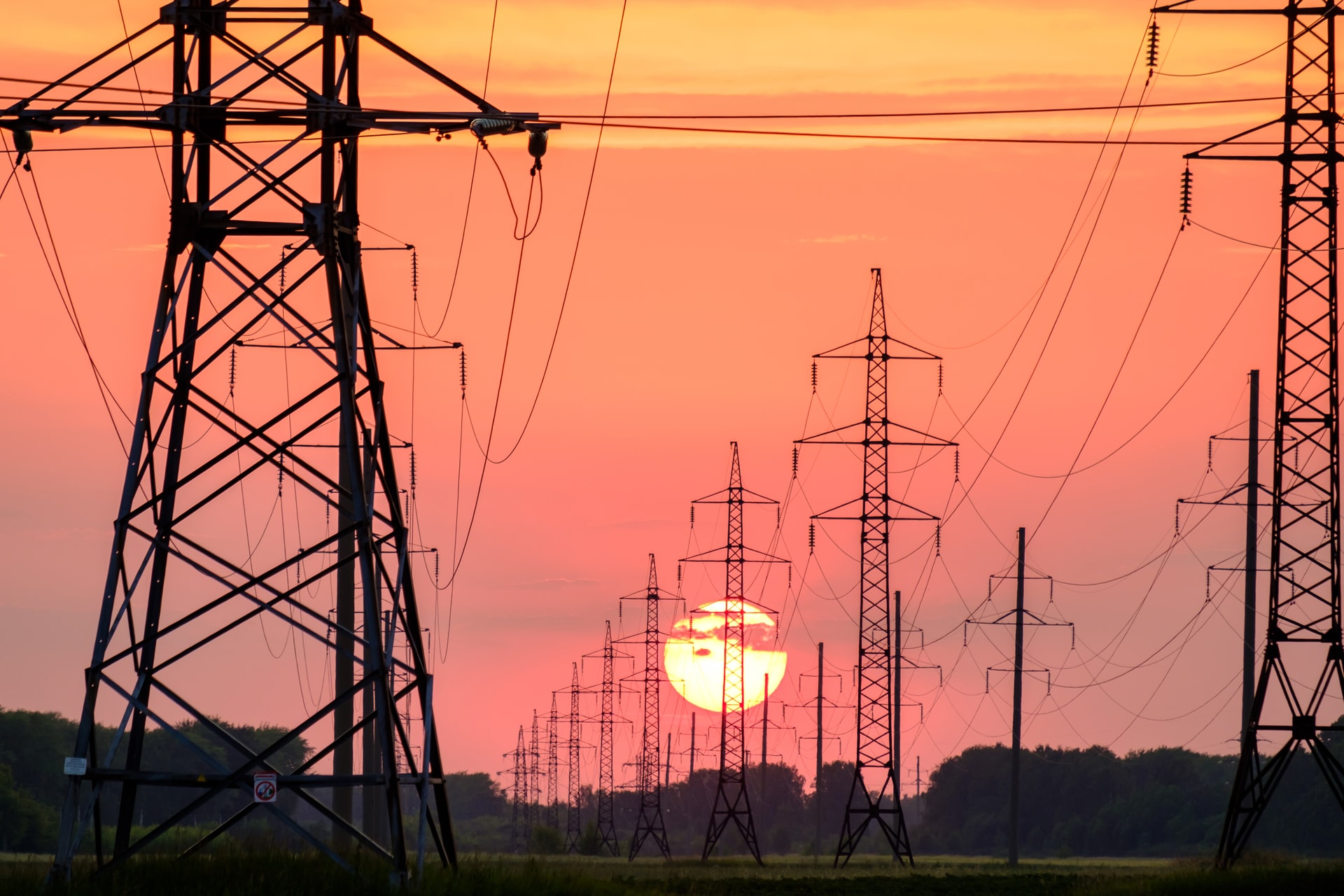Parts of Gulf Coast are twice as likely to get two hurricanes in a fortnight by end of century, leaving infrastructure and people with less recovery time
10 November 2021

Louisiana and Florida are the states with the highest risk for back-to-back hurricanes, which can exacerbate infrastructure damage and slow recovery times, according to new research in Geophysical Research Letters.
Credit: Andrey Metelev
AGU press contact:
Liza Lester, +1 (202) 777-7494, [email protected] (UTC-4 hours)
Contact information for the researchers:
Dazhi Xi, Department of Civil and Environmental Engineering, Princeton University, [email protected] (UTC-4 hours)
WASHINGTON—Over the past four decades, the time between tropical storms making landfall in the Gulf Coast has been getting shorter. By the end of the century, Louisiana and Florida could be twice as likely to experience two tropical storms that make landfall within nine days of each other, according to new model estimates.
As global climate changes, more tropical storms have been packed into a single hurricane season, which in the Gulf region typically runs from June through November. The time between storms in the region is shrinking, according to new findings published in the AGU journal Geophysical Research Letters, which publishes high-impact, short-format reports with immediate implications spanning all Earth and space sciences.
Florida and Louisiana are most likely to experience “sequential landfall,” where one hurricane moves over land faster than infrastructure damaged in a previous storm can be repaired. The researchers estimate this timescale between hurricanes to be 10 days for those states. Being hit by two storms in quick succession gives communities and infrastructure less time to recover between disasters — a significant problem for a region with a swelling population that has struggled to recover following previous natural disasters.
“In previous research, people have mostly focused on the resilience of infrastructure, [rather than] the time to restore it after a storm,” said Dazhi Xi, a climate scientist at Princeton University who led the study.
With both a longer storm season and shorter breaks between disasters, stresses on infrastructure, ecosystems and people are intensified.
“If you need 15 days to restore infrastructure — for example, a power system — after a storm hits, and the second storm makes landfall before the system can recover, residents will face dangerous conditions,” said Xi. In a community without power, transportation or communications, problems around health risks, rescue and clean-up operations, and restoring systems are all exacerbated by sequential tropical storms.
More cyclones, more problems
The study examined hurricane seasons from 1979 to 2020, focusing on years in which at least two tropical storms made landfall in the same region within two weeks of each other. Xi looked at how that number changed over time and paired that trend with a climate model to estimate how the number of back-to-back hurricanes would change over time. Xi also broke down the Gulf Coast into different regions to identify which areas are most at risk of these sequential storms, historically and in the future. He found that Louisiana and Florida are the most likely places for multiple tropical storms to strike, but the entire coast will see more storms.
The number of tropical storms is projected to grow rapidly even relative to the lengthening hurricane season, Xi said.
The need to focus on quicker restoration times after disasters was highlighted earlier this year by the extreme cold snap in Texas in February, when much of the state’s power grid went offline. That disaster was followed later by Tropical Storm Henri, which swamped New York’s subway system in August, and Hurricane Ida, which in September hit Louisiana — a state still “reeling” from last year’s hurricane season with three sequential landfalling storms, according to hurricane climatologist and geographer Jill Trepanier at Louisiana State University, who was not involved in the study.
“Even the best-case scenario of this worst-case scenario still spells devastation for the coast,” said Trepanier. “That’s why climate refugees exist. They’re people who are displaced because they can no longer live in an area due to changing climate conditions. If we’re unable to put power grid structures back in place, adequately house people, or provide water and other resources, we can’t have people living there.”
###
AGU (www.agu.org) supports 130,000 enthusiasts to experts worldwide in Earth and space sciences. Through broad and inclusive partnerships, we advance discovery and solution science that accelerate knowledge and create solutions that are ethical, unbiased and respectful of communities and their values. Our programs include serving as a scholarly publisher, convening virtual and in-person events and providing career support. We live our values in everything we do, such as our net zero energy renovated building in Washington, D.C. and our Ethics and Equity Center, which fosters a diverse and inclusive geoscience community to ensure responsible conduct.
Notes for Journalists:
This research study is published with open access and is freely available. Download a PDF copy of the paper here. Neither the paper nor this press release is under embargo.
Paper title:
“Sequential Landfall of Tropical Cyclones in the United States: From Historical Records to Climate Projections.”
Authors:
- Dazhi Xi (corresponding author), Ning Lin, Department of Civil and Environmental Engineering, Princeton University, Princeton, NJ, USA